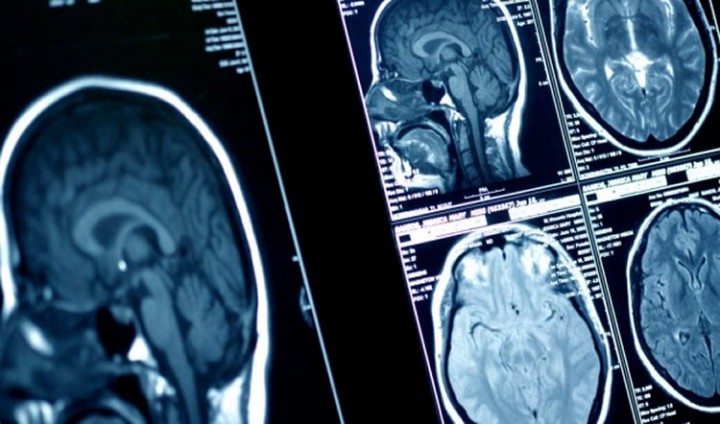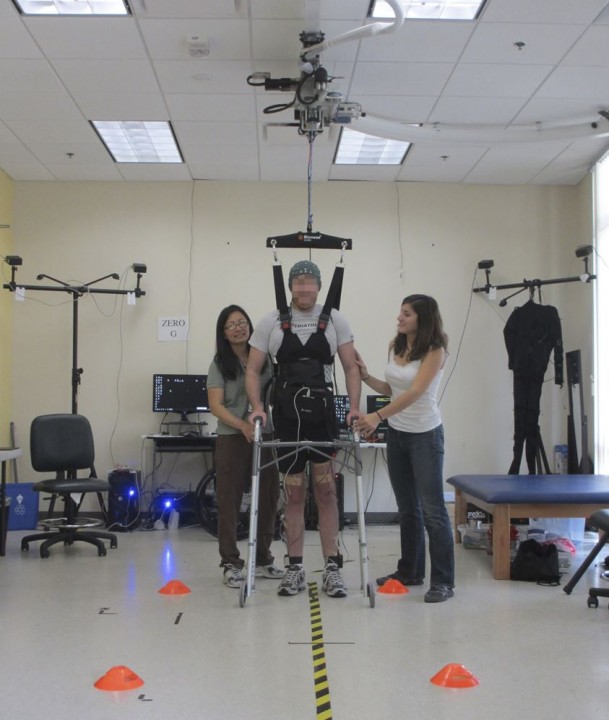The technology at the service of human health contrasts with that invasive technology that many criticize as free exploration of the human condition. Well applied, technological discoveries bring a new world areas as complex as recovery from brain damage.
Over the years have been raised ethical questions about the fact that the “machine” can replace man but the focus is much more to bring new hope to those who betrayed nature, eg, how can technology help all paraplegics in the world

The brain and the computer algorithm
Researchers at the University of California have developed a technology that connects the brain of patients a computer to translate their thoughts into movements of their legs, ie they can move his legs.
The first experiment took place on Wednesday with a 28-year-old patient, paralyzed from the waist down due to a severe spinal cord injury, making it the first paraplegic to walk without the use of robotic components.

For the experiment, these researchers used a system that allows the brain to ignore the spinal cord injury and send messages through a computer algorithm to a set of electrodes placed around the patient’s knees, allowing the trigger of muscle movements .
To help support its weight, was also used a harness suspension and a wanderer, because the patient and according to these researchers, could not feel or your legs or your feet.
Before the experiment be carried out on the ground, the patient practiced first in a kind of virtual reality game and underwent a physical rehabilitation in order to strengthen your muscles, but the truth is that all this was a success, because the patient was able to walk about 3.6 meters, which makes this experience a tremendous step and is no doubt that many paraplegics begin to have a great hope for the future.
Still talking on future investigators wish to refine the technology, in order to try to minimize the EEG component (system that allowed data to send to the brain) so that it can be implanted within the skull of the patient. This becomes a hope that patients can count to perhaps return to receive the natural impulses of members.
No comments:
Post a Comment